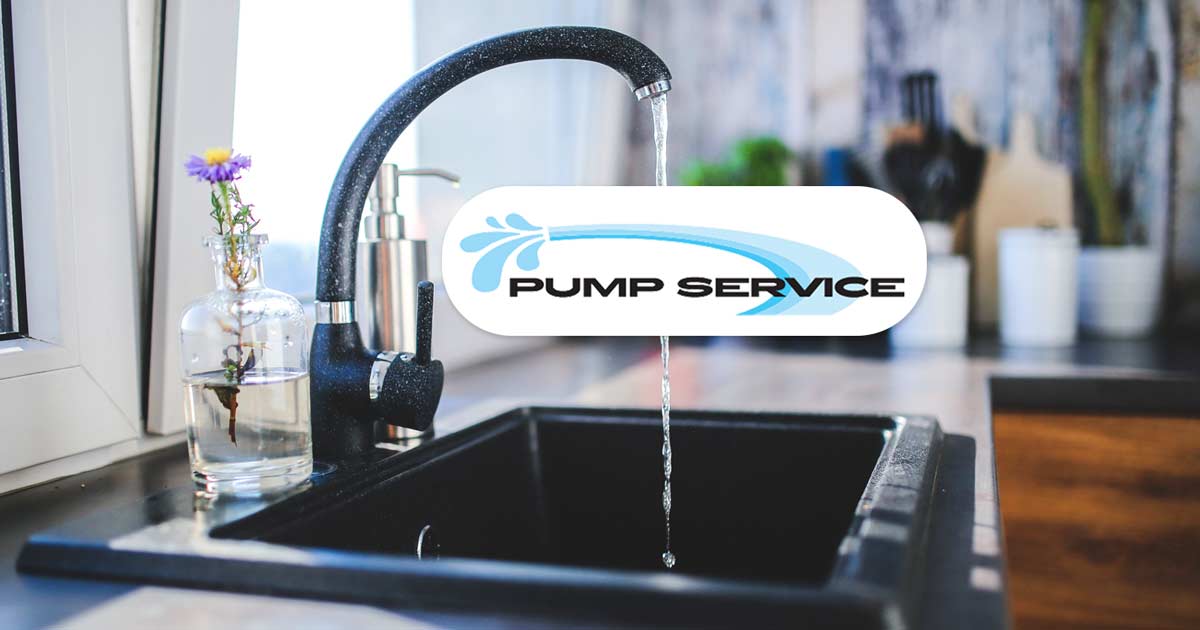
22 Oct Lead in Drinking Water: Is Your Magic Valley Home At Risk?
Lead in drinking water can be a very serious concern. Knowing how lead gets in drinking water and whether or not your Magic Valley home is at risk to having lead in its water can help to keep you safe from this potential water contaminant.
How Does Lead Get in Drinking Water?
Lead typically gets in drinking water through the service pipes that bring the lead into the home. Over time, lead pipes may begin to experience corrosion due to water passing through them that is of high acidity or has a low mineral content. Generally speaking, brass and chrome-plated brass faucets and fixtures with lead solder are the most common cause of lead in water. While both hot and cold water can be affected, hot water will typically experience a higher lead content in these situations. Overall, factors that contribute to the risk of lead getting into your home’s water include:
- The chemistry of the water (acidity and alkalinity)
- The types of minerals in the water
- The amount of minerals in the water
- How long the water says in the pipes
- The amount of lead the water comes in contact with
- The temperature of the water
- The amount of wear in the pipes
- Whether or not their are protective scales or coatings in the plumbing
Is My Home At Risk?
Those homes that were built before 1986 are the most likely to have water that is contaminated by lead, as these homes are the most likely to have lead pipes, fixtures and solder. Thanks to the introduction of the Safe Drinking Water Act (SDWA), the amount of lead making it into drinking water has been significantly reduced. The EPA has also issued the Lead and Copper Rule under the authority of the SDWA, which requires corrosion control treatment to prevent lead and copper from contaminating drinking water.

Sorry, the comment form is closed at this time.